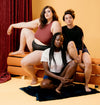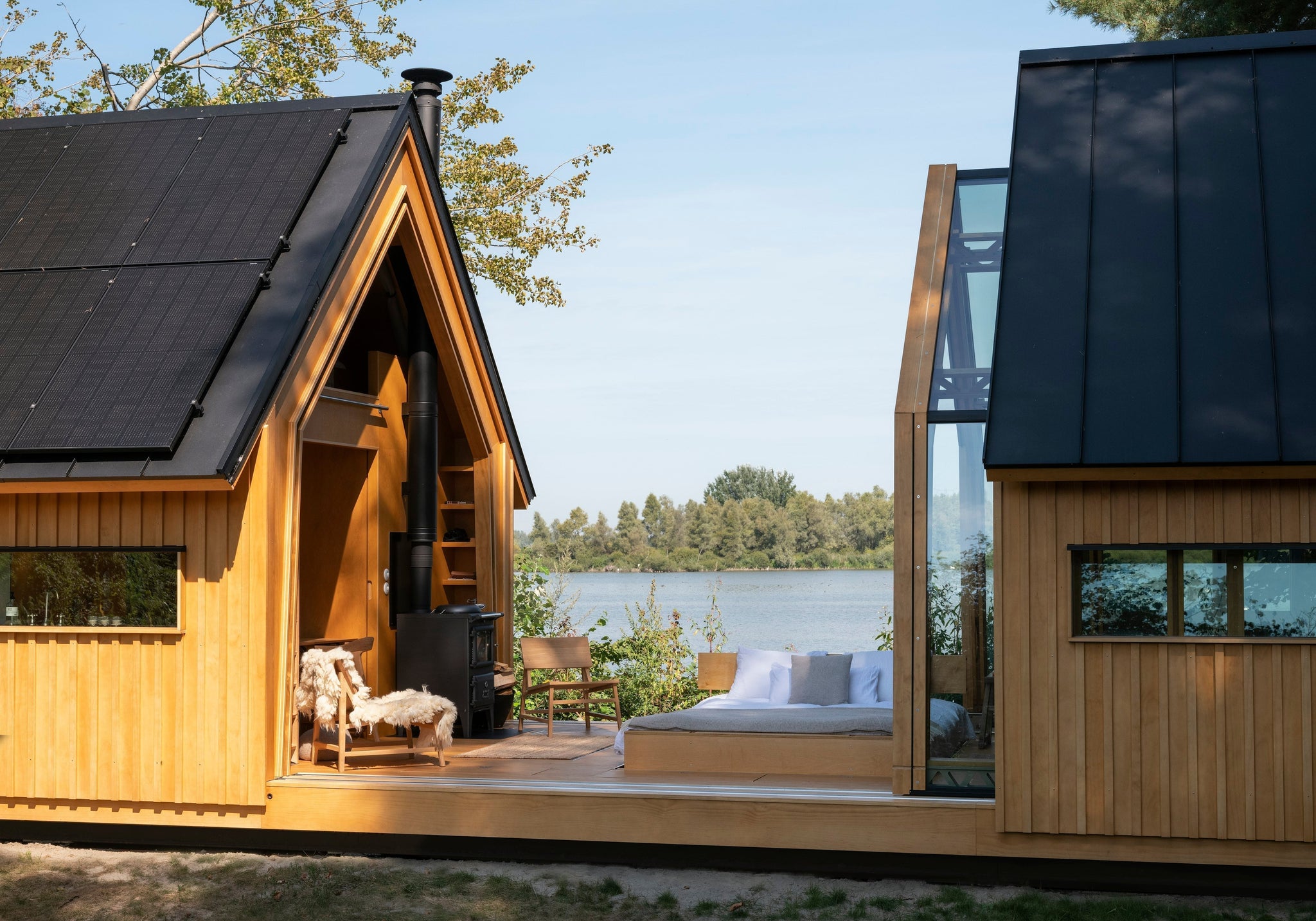
05/2021 design & fashion
Human beautification is almost as old as society itself. Most contemplating the culture and commodity of human beautification would be forgiven for thinking that it is a phenomenon that rose to prominence with the mass-producing factories and printing presses of the Industrial Revolution. But the beauty business and cosmetics are not modern inventions, they were used in ancient Egyptian religious ceremonies and throughout the Roman epoch. The truth is that beauty gradually adapts to the civilization of the hour. Signs of progress were slow and gradual, but the past decade has been a moment of reckoning. Today the industry is moving at the speed of light in comparison.
“It’s no longer about looking one way but any way you please”
The beauty industry has become incredibly complex in recent years, shifting consumer tastes are breaking barriers and opening doors. One either embraces the changes occurring or faces getting left behind. Distinguished American lifestyle journalist and writer Kari Molvar is one of the most prominent social commentators of contemporary beauty culture. A regular voice on The New York Times and Vogue, Molvar has observed the industry and the leading figures shifting culture. From the dynamic independent pioneers who have been a catalyst for change to the brands breaking away from the confines of old institutes and commands, Molvar has documented the past and present of the industry for The New Beauty.
Whether using makeup as a means to challenge gender, to the link between hairstyling and community-building, or the rituals of skincare as a form of self-care, we are rediscovering beauty as a way of defining who we are and what we value. By observing the movements that brought the industry to the present day, the book also addresses the future of human beautification in a globalized world. In this interview, we discuss teenage perceptions of beauty in the 1990s and the revolutionary moments of today's industry.
As a journalist and writer who specializes in beauty, wellness, and lifestyle, you've witnessed first-hand this generational transformation of the industry. What would you say were the key moments or individuals of influence that flipped the discourse this past decade?
Molvar: Social media has been a driving force in revolutionizing the concept of beauty. Platforms such as Instagram and Tiktok allow for a constant, fluid exchange of ideas across time zones, cultures, and traditions, which has globalized our idea of what is “beautiful.” It’s no longer about looking one way but any way you please. In response, the industry has embraced the realities of how normal people actually look, and physical attributes that were previously shunned—baldness, gray hair, vitiligo, pregnancy—are now celebrated. Of course, the beauty industry is often motivated by profit, so it’s important to look for authentic voices in this discussion.

Rhode Island-native Kari Molvar is a freelance writer specializing in beauty, wellness, and lifestyle for the likes of T Magazine, The Wall Street Journal, and Vogue. She began as a backstage reporter covering fashion week before writing extensive features on perfumes, bathing, food, and skincare. (Photo: Julie Bidwell)
What is The New Beauty and what is its relevance when commentating on contemporary human beautification?
The book is an exploration of the cultural forces that have shaped the past and present depiction of beauty in our increasingly globalized world. To understand why this is such an important and significant moment in beauty right now, you have to look at the past, and the evolution of how feminine and masculine body ideals developed over time. The fact that we’ve completely overturned so many of these long-held beliefs and perceptions in such a short amount of time is shocking—and fascinating. The New Beauty takes you on a journey through this revolution.
The book covers a completely different topic to Be Well (which Molvar co-edited), what were some of the challenges and high points of researching and writing this title?
This book covers a much wider spectrum than Be Well, although there are overlaps in terms of the importance of wellness and spa rituals that shape our approach to beauty today. It was exciting to research so many topics and gain insight from a variety of experts—from anthropologists to cultural historians to body piercing artists to makeup visionaries. The challenge was having to edit down the list of topics from the many I wanted to talk about!

The book questions the rigid ideals of conformity in the past and presents a new model that embraces individual identity and uniqueness. Did you experience or witness this pressure to conform when growing up? If so, in what ways did it shape formative years?
I grew up in the nineties, the peak of when Kate Moss and waif-like models dominated fashion magazines, which definitely shaped my own perception of beauty and the desire to achieve impossible body standards. My teenage years were full of body angst as a result! Now, though, the industry has finally come around to embracing models of all shapes and sizes—and I’m glad my daughters will be exposed to this message. Of course, they will still want to change parts of their appearance—this is human nature—but at least they are surrounded by healthier ideals.
The New Beauty is positioned to capture a changing industry and showcase a global discussion around how beauty is culturally portrayed. What is currently there to be positive about and what changes do you hope to see in the next decade?
I think in the last year especially, beauty has become more inclusive to people of color, which has been encouraging to witness—everything from yoga studios to skin-care practices to makeup brands are truly speaking to diverse audiences, and being led by entrepreneurs from a variety of backgrounds. There’s still a lot of work to be done to make beauty more equitable but I’m encouraged by the positive strides we’ve made in the last decade.
The New Beauty captures an essential moment of transformation in the business of beauty.
Header image photography by Lindsay Elliott for Aisle.











